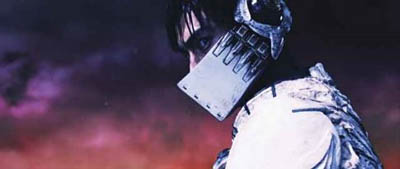|
In English, after we get to 1,000, everything up to a million is counted in terms of how many thousands it contains. A million, of course, is a thousand thousand. Then we count up to a thousand again, and when we get there we call it a billion.
In Japanese, however, we count up to 10,000 (ichi-man), and every new unit thereafter is a power of 10,000. Commas are also placed to divide digits up not into groups of 3, but groups of 4. So, a hundred million in Japanese notation is not 100,000,000 but 1,0000,0000. Of course, Western notation is spreading through Japan and it is more common now to see digits in groups of 3. However, dividing into groups of 4 helps to understand the concept of the number naming system. This is important because Japan doesn’t have a high-order denomination (for example, 1 dollar= 100 cents), so large amounts of yen quickly become very large numbers indeed.
Here are the names of the more common large units in Japanese:
“man” : 1,0000 (ten thousand)
“oku” : 1,0000,0000 (a hundred million)
“chou” : 1,0000,0000,0000 (a trillion)
Wikipedia provides a complete list of units here.
On a sidenote, Japan of course is blessed with a version of the gameshow “Who Wants to be a Millionaire”, hosted by Minomonta, an orange dwarf who does look mysteriously like Regis Philbin. If a million dollars were converted to Japanese yen, it’d be roughly 115 million yen, at today’s exchange rates. But of course nobody would watch a show called “Who Wants to Win 1.15 Oku Yen”, so the grand prize is… 10 million yen, or approximately $87,000 at today’s rates. Kinda takes some of the excitement away, doesn’t it? What with Japan’s inflated airfares, the contestants probably paid almost that much just to get to the studios…

